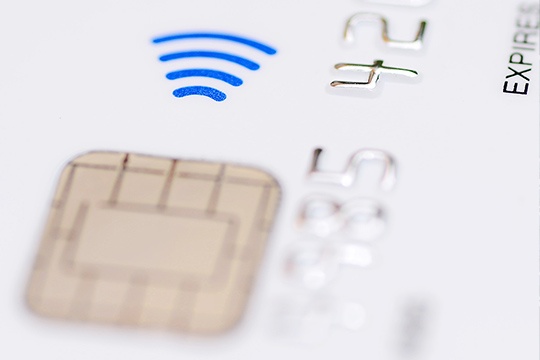 Credit card companies and consumers may view the new computer chip cards as a massive defense against fraud. But many small businesses are viewing them as a massive nightmare.
Credit card companies and consumers may view the new computer chip cards as a massive defense against fraud. But many small businesses are viewing them as a massive nightmare.
The new computer chip credit and debit cards replace the old magnetic strip card, making it tougher for thieves to copy cards and engage in fraudulent transactions. Credit card companies set an October 1 deadline for businesses to implement the new card readers and software needed to handle the new card transactions – or businesses can be held liable for fraud from phony cards, a burden that was formerly on the credit card providers.
Fraud Liability Not the Only Burden
Setting up a shop for the new cards is a significant expense for any business, but it’s especially arduous for smaller companies. Unlike larger retailers, smaller companies don’t enjoy volume discounts on equipment. They also lack in-house tech staff required to install the new systems.
Transitions costs can range anywhere from the low hundreds of dollars to the tens of thousands, depending on what’s involved. One jewelry store with eight locations estimated the implementation cost at $30,000, according to The Advocate. A restaurant with four locations came close, with an estimated cost of $25,000.
The high cost of implementation includes:
- Card readers for every point-of-sale, which includes every active register in all store locations
- Programming costs to ensure the new card readers properly interact with existing point-of-sale systems, some of which handle inventory, vendor information and other data far beyond a simple sale
- Installation costs to ensure the software properly connects to the merchant’s computer system, which receives transaction info and then sends it to a payment processor. The processor then posts the transaction to the cardholder’s and merchant’s account.
Although magnetic cards will eventually be phased out, the new readers are equipped to read both computer chip and magnetic cards. Some can also handle contact-less payments, where consumers can pay using services such as Google Wallet.
Even the simplest card readers start around $100 each, while software prices start in the hundreds and reach to the thousands of dollars, depending on its complexity. Tech experts can charge anywhere from $100 or more per hour for services related to the installation and programming of the new readers.
The hassles for small businesses don’t end there, as new systems are prone to experience glitches, adding ongoing tech support as yet another expense.
Avoid your own business hassles with Chrome River’s travel expense reporting solution.
Subscribe
Latest Posts
Posts by Category
I just love the Chrome River application. I could probably sell it! Finance Administrative Coordinator Law Firm, 800 Employees
Can’t we just move year-end, so that we can roll out Chrome River sooner!? Financial Systems Director Law Firm, 300 Employees


Comments